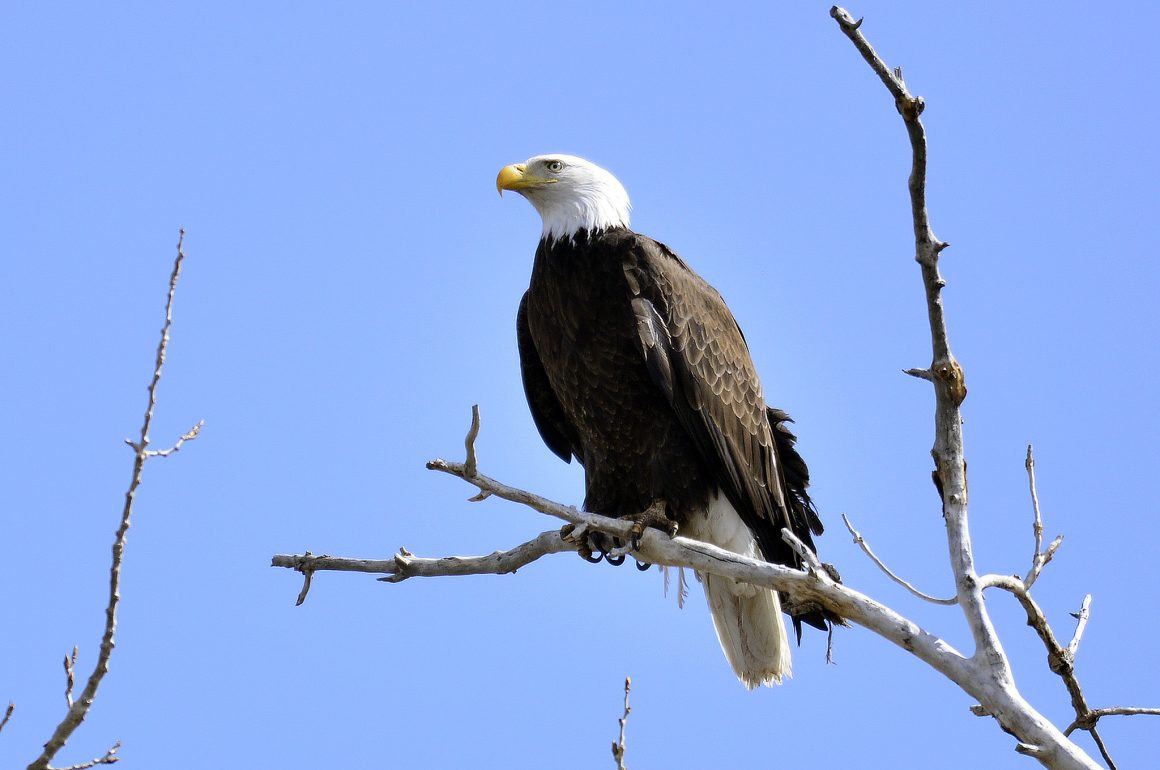
In the 1960s, the number of some bird species declined dramatically. Bald Eagles, Peregrine Falcons, and Brown Pelicans were particularly affected. The reason was the widespread use of the insecticide DDT and its impact on the eggs of the affected birds. Here is the chemistry behind this.
The full chemical name of DDT is Dichlorodiphenyltrichloroethane, a crystalline organic compound.
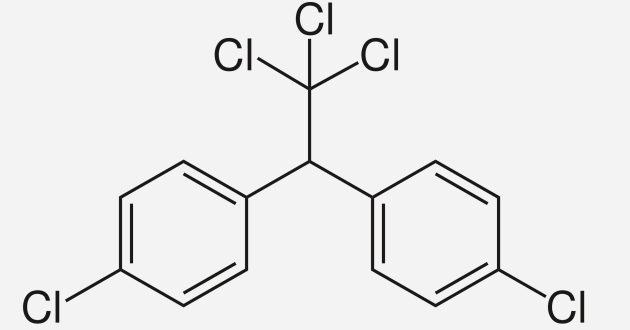
It was first synthesized in 1874 but gained more prominence in 1939, when the Swiss chemist Paul Hermann Müller discovered that it worked as a strong insecticide. He even got the Nobel Prize for medicine for this discovery later.
In 1945, it became commercially available in the US for use as an insecticide in agriculture and households despite concerns from some scientists. These concerns became much more serious in the 1960s as the number of eagles and falcons declined dramatically, and DDT was eventually banned in the US in 1972.
So, how does DDT harm birds?
In the environment and the body of animals, DDT is partly converted into Dichlorodiphenyldichloroethylene (DDE) as it loses one molecule of HCl.
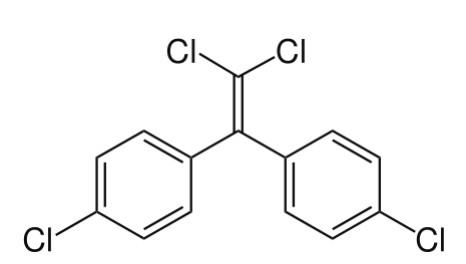
This reaction happens in the presence of oxygen in the environment and in the liver of birds via enzymatic catalysis.
The resulting DDE is chemically relatively stable and quite soluble in fatty tissue. It therefore accumulates in the food chain – small insects ingest it, bigger insects eat these insects, which in turn get eaten by small birds, with the raptors feeding on these birds then ending up with high concentrations of DDE. You can use the fancy term biomagnification if you want.
Now, the DDE disrupts the calcium metabolism of birds. There is a specific enzyme system, Ca²+ATPase, which moves calcium carbonate into the eggshell during egg formation. DDE interferes with this system. As a result, the eggshells end up being thinner than they should be, so eggs easily crack or break before the chicks can hatch.
While this was the main negative effect leading to the crash in raptor populations, DDT/DDE had other negative effects on birds, such as reduced fertility in some species, some abnormal behavior, and contamination of aquatic birds such as herons due to DDT runoff from agriculture.
Fortunately, the ban was effective, as this chart for the estimated number of Bald Eagle pairs in the US shows.
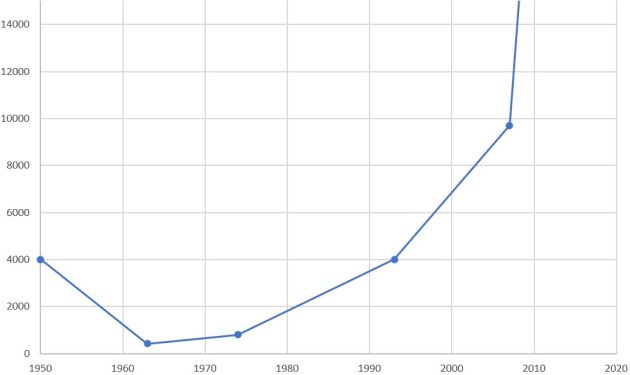
The number in 2020 was 70,000 pairs, so I did not include it, as it would have made the rest of the chart hard to read (Note to nerds: Yes, I could have used a log scale, but does anyone really like those charts?). The main point here is the very low number of pairs (417) in the year of peak DDT production, and also the strong recovery after the DDT ban. And yes, the book “The Silent Spring” by Rachel Carson (published in 1962) helped the cause.
Photo: “Schriever photographer snares elusive bald eagle photos” by DVIDSHUB is licensed under CC BY 2.0.






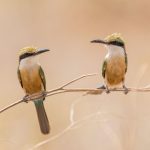
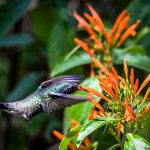
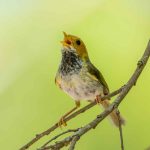

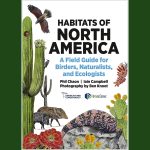


Neonicotinoid pesticides are wiping out songbirds now but where is Rachel Carson? We need another DDT action.
Another source of danger is lead ammunition (and, of course, subject of a heated debate in the United States).